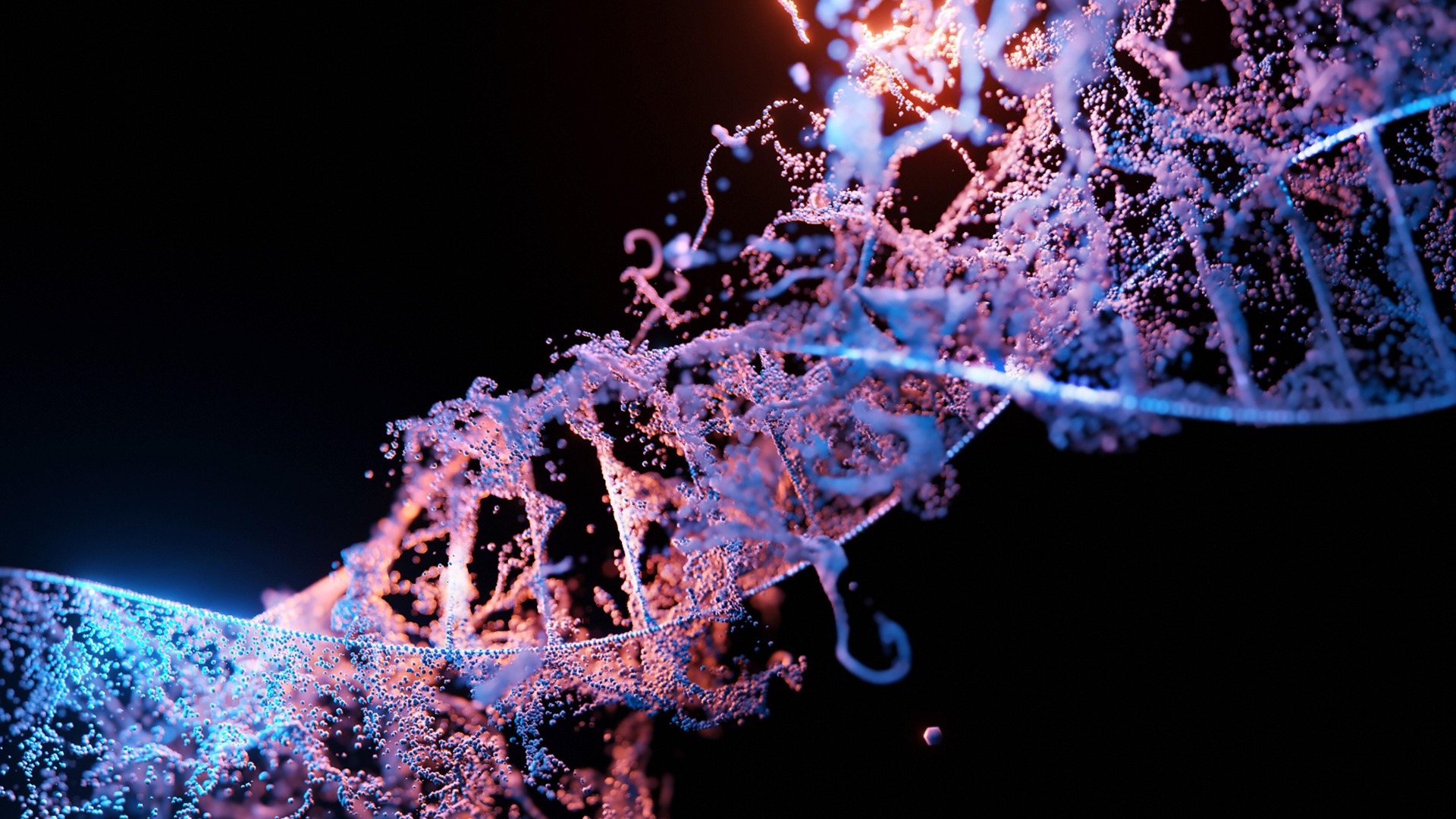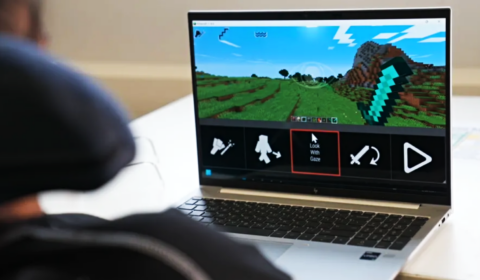How genetic modification could work in humans
Though still in its therapeutic stages, scientists can theoretically use CRISPR to edit the DNA mutation in a human suffering from a genetic disease.
CRISPR commands the person’s DNA to snip a piece of its own mutated code to make room to learn the virus’ DNA, meaning the person is less impacted by or immune to a disease forever.
Using this method, virus immunity will be limited to that individual only. The person’s immunity would not be passed onto their children and would also not alter the genetic code of future generations in any way.
Here’s where things get a little tricky.
In the quest to optimise human health and eradicate diseases for good, scientists have questioned if CRISPR could be carried out in the earliest stages of human development – preventing such diseases from emerging in the first place.
If the genetic code for a disease (like Sickle Cell, for example) was inserted into an embryo, the child would have natural immunity to the disease from the beginning of its growth.
But the adult born from that embryo would also pass that immunity to their child, and their child’s child, and onward – altering the gene pool forever. It would be fantastic if we could genetically modify immunity for diseases like Cystic Fibrosis, Huntington’s Disease, or Haemophilia so that no babies were born with them ever again. Right?
Some scientists don’t seem to think so. First because the method hasn’t been deemed safe for human trial yet and also, because we’d be messing with the natural world.
But that didn’t stop He Jiankui, a scientist working at a university in China from giving it a shot.
Jiankui was the first person to use CRISPR to give a human embryo the gene for HIV immunity. A man using IVF to reproduce with his partner was positive for the virus and wanted to eliminate the possibility of passing the gene onto his children.
Following the procedure, Jiankui reported two babies were born from the embryo and were perfectly healthy. That said, they remain anonymous to this day.
Though it wasn’t illegal at the time, the ethics behind Jiankui’s actions were subject to global criticism. For forging documents and unethical conduct, Jiankui was placed under surveillance by his laboratory and ultimately landed three years in prison, as well as a fine of almost half a million USD.
Jianku’s trial may have been successful, but across the board, most experts don’t believe that CRISPR is ready to be used outside of therapeutic stages for already-born human beings.
At the same time, the possibility that CRISPR could eventually diminish the prevalence of genetic diseases when used in embryos lingers in the minds of the medical community.
Could gene editing go too far?
It’s only natural to question what else gene editing could be used for.
If scientists perfect the method of altering DNA belonging unborn children to eliminate disease, what else could they change? Eye and hair colour, height, muscular strength, and face shape are traits that scientists currently view as plausible.
When the technology surrounding CRISPR inevitably advances, genetically engineering unborn children to make ‘designer babies’ could move into mainstream culture in the future – something couples discuss over their takeaway dinner.
However, many bioethicists link gene editing for aesthetic reasons to eugenics, the practice of improving the genetic quality of humans based on beliefs that some physical traits are superior to others.
Forgive me for even saying this, but you must consider that if an extreme political leader – let’s say Hitler, for example – got his hands on CRISPR eighty years ago, the entire human population might be white skinned with blonde hair and blue eyes right now.
Is the whole point of reproduction not to diversify the human species, to create a broad range of characteristics, and to help humans evolve naturally? If we start altering the appearance of our children, we could risk having a highly homogenous gene pool in the future.
Not to mention, it would be likely that only the wealthiest would have access to these technologies, which would only further already existing socio-economic disparities.
And although genetic diseases lead to immense human suffering around the world, could eliminating them completely mean overpopulating the planet at a rate faster than we already are?
Science still has quite a way to go before CRISPR can be used safely and efficiently for these reasons. But when it inevitably happens, these will be ethical questions the science world will need to grapple with.
Until then, you decide – could advancing gene-editing technology for medical reasons become a slippery slope? And what other consequences could it have for our future?




















